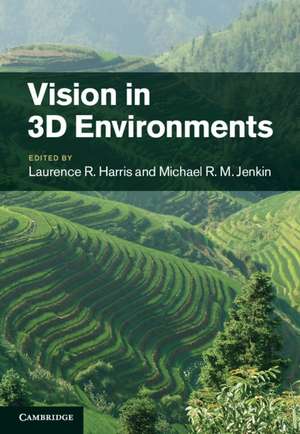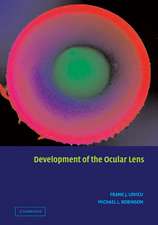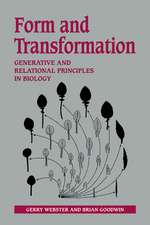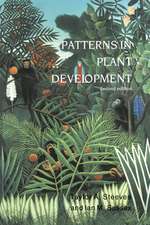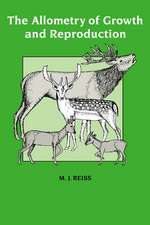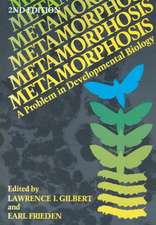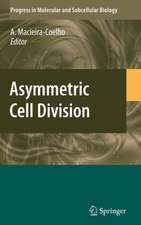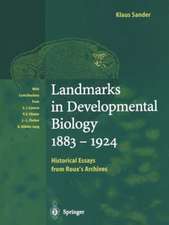Vision in 3D Environments
Editat de Laurence R. Harris, Michael R. M. Jenkinen Limba Engleză Hardback – 6 iul 2011
Preț: 902.71 lei
Preț vechi: 1049.66 lei
-14% Nou
Puncte Express: 1354
Preț estimativ în valută:
172.79€ • 187.75$ • 145.24£
172.79€ • 187.75$ • 145.24£
Carte tipărită la comandă
Livrare economică 21 aprilie-05 mai
Preluare comenzi: 021 569.72.76
Specificații
ISBN-13: 9781107001756
ISBN-10: 1107001757
Pagini: 376
Ilustrații: 152 b/w illus. 1 table
Dimensiuni: 181 x 255 x 22 mm
Greutate: 0.82 kg
Editura: Cambridge University Press
Colecția Cambridge University Press
Locul publicării:New York, United States
ISBN-10: 1107001757
Pagini: 376
Ilustrații: 152 b/w illus. 1 table
Dimensiuni: 181 x 255 x 22 mm
Greutate: 0.82 kg
Editura: Cambridge University Press
Colecția Cambridge University Press
Locul publicării:New York, United States
Cuprins
1. Seeing in three dimensions Michael Jenkin and Laurence R. Harris; Part I. Depth Processing and Stereopsis: 2. Physiologically based models of binocular depth perception Ning Qian and Yongjie Li; 3. The influence of monocular regions on the binocular perception of spatial layout Barbara Gillam; 4. Information, illusion and constancy in telestereoscopic viewing Brian Rogers; 5. The role of disparity interactions in perception of the 3D environment Christopher W. Tyler; 6. Blur and perceived depth Martin S. Banks and Robert T. Held; 7. Neuronal interactions and their role in solving the stereo correspondence problem Jason M. Samonds and Tai Sing Lee; Part II. Motion and Navigation in 3D: 8. Stereoscopic motion in depth Robert S. Allison and Ian P. Howard; 9. Representation of 3D action space during eye and body motion W. Pieter Medendorp and Stan Van Pelt; 10. Binocular motion-in-depth perception: contributions of eye movements and retinal motion signals Julie M. Harris and Harold T. Nefs; 11. A surprising problem in navigation Yogesh Girdhar and Gregory Dudek; Part III. Natural Scene Perception: 12. Making a scene in the brain Russell A. Epstein and Sean P. MacEvoy; 13. Surface color perception and light field estimation in 3D scenes Laurence T. Maloney, Holly E. Gerhard, Huseyin Boyaci and Katja Doerschner; 14. Representing, perceiving and remembering the shape of visual space Aude Oliva, Soojin Park and Talia Konkle; Author index; Subject index.
Descriere
Top researchers explore the latest cutting-edge research into the perception of 3D environments, presenting both biological and computational perspectives.
